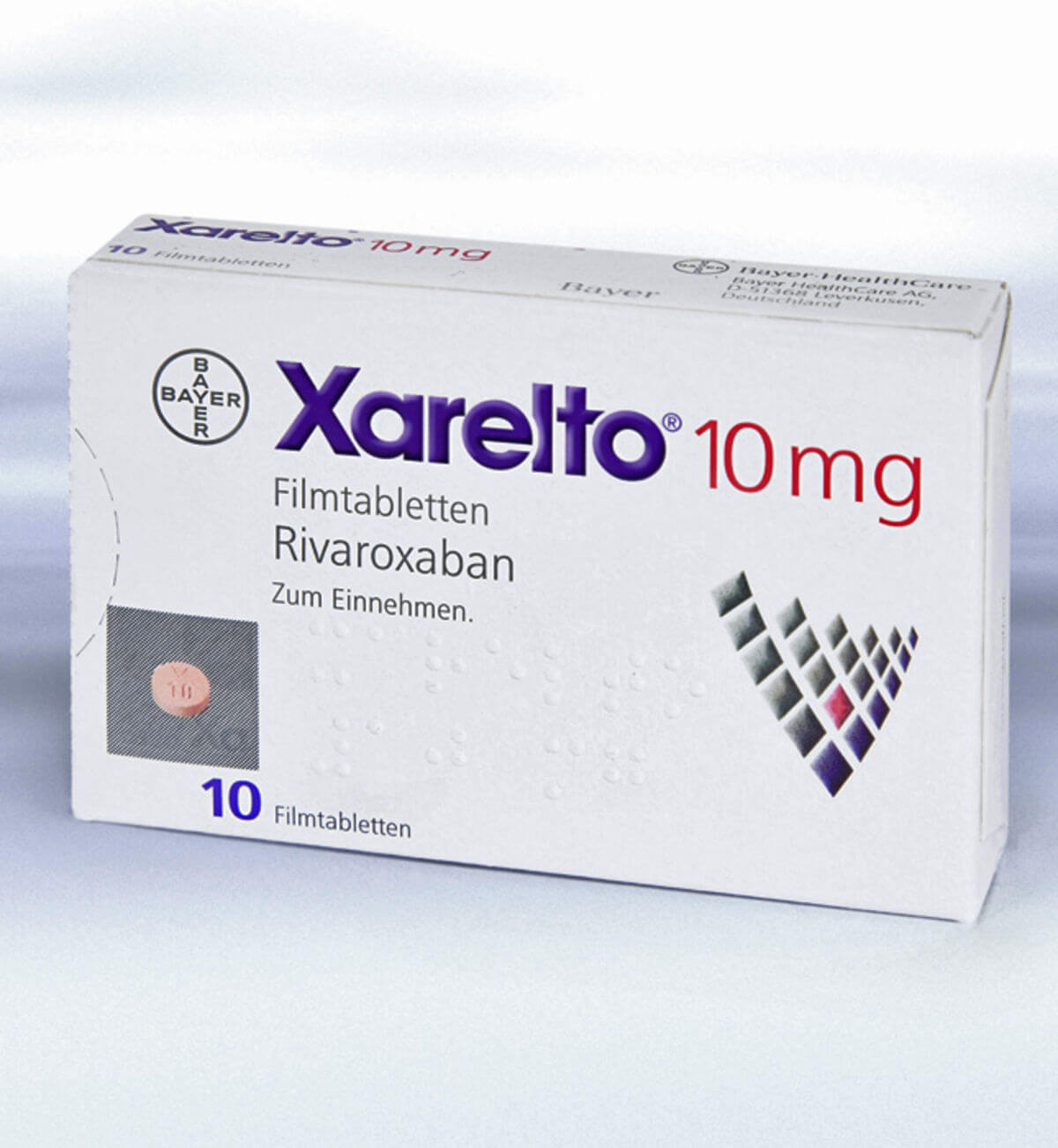When the anticoagulant Xarelto first hit the market in 2011, it was praised as being a much better alternative than it’s predecessor, Warfarin. Xarelto had fewer drug interactions, required no special diet, and consumers did not need routine blood monitoring.
However, Xarelto has one distinct downside from Warfarin, it does not have an antidote to reverse its effect in emergency situations. Because all blood thinners come with risks of excessive bleeding due to the nature of the medications, blood thinners like Warfarin have reversal mechanisms.
In the event of an excessive bleed, a Warfarin reversal agent can help stop the bleeding; however, Xarelto patients have no realistic and consistent way to stop adverse bleeding events. This has led to outrage from patients who allege Xarelto’s manufacturer, Janssen Pharmaceuticals (a subsidiary of Johnson & Johnson), failed to adequately warn patients of the dangerous side effects.
To rub salt on the wound, a recent study found that Xarelto readmission rates were slightly higher than an alternative anticoagulant, Lovenox. If Xarelto comes with significantly higher risks and isn’t more effective than other types of anticoagulants, why is it still being used as one of the most popular blood thinning medications?
Over 2,200 lawsuits are looking to hold Janssen and J&J responsible for failing to warn of Xarelto side effects. With the first bellwether trials scheduled for early 2017, only time will tell if Xarelto will remain the popular choice for managing blood clots.

